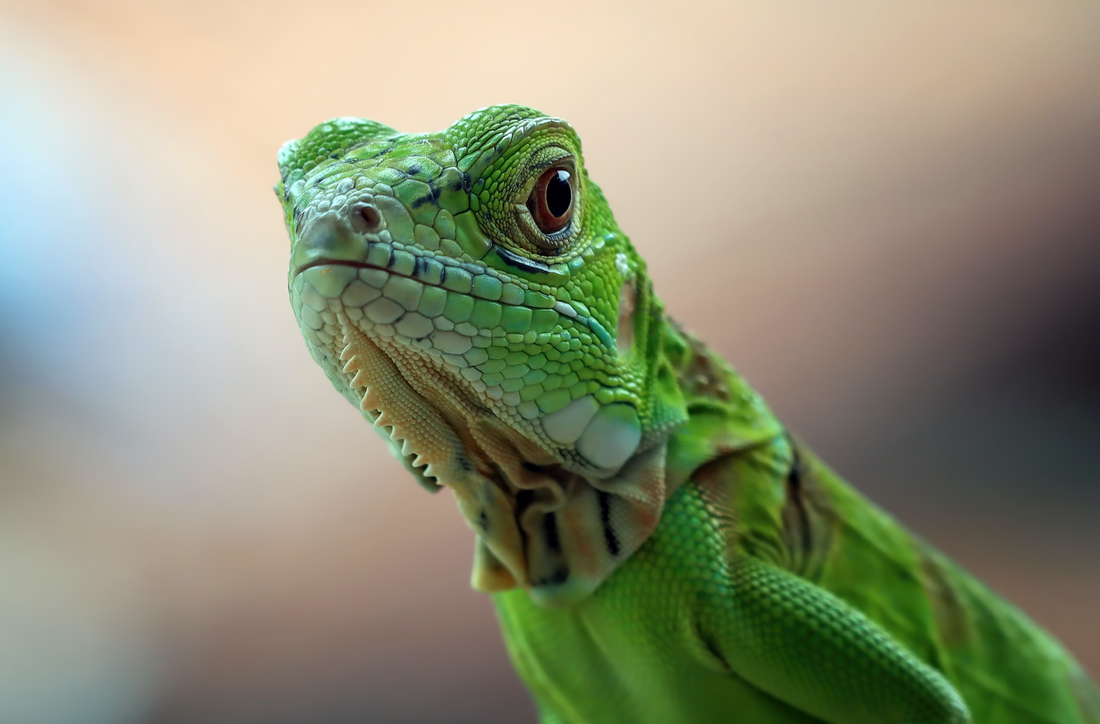Lizard Behavior: Understanding Your Pet’s Body Language 🐾
Share
As a lizard owner, understanding your pet’s body language is essential for ensuring their happiness and well-being. These fascinating reptiles communicate in unique ways, and by learning to interpret their signals, you can create a more supportive and loving environment. Let’s explore some common lizard behaviors and what they mean! 🦎💖
1. The Importance of Body Language 🌟
Lizards may not vocalize like dogs or cats, but they certainly express themselves through their movements and postures. Understanding these signals is a key part of small pet care. It allows you to respond to your lizard’s needs, enhancing their quality of life and reinforcing your bond.
2. Common Lizard Behaviors 🌀
Basking ☀️
When your lizard is lounging in a sunny spot, it’s a sign they’re regulating their body temperature. Basking is essential for their health, so ensure they have a warm area in their habitat to soak up those rays!
Head Bobbing 👀
If you see your lizard bobbing their head, it could indicate excitement or dominance. This behavior is common during mating displays or when asserting territory. Understanding this can help you create a harmonious environment, especially if you have multiple lizards.
Tail Whipping 🔄
A quick tail whip can be a warning sign! When lizards feel threatened, they may use this behavior to deter potential predators. If your lizard is displaying this, give them some space to help them feel secure.
Hiding or Burrowing 🌱
If your lizard is spending time in their hideout, they might be feeling stressed or simply need some alone time. Providing plenty of hiding spots is essential in supporting small pets and ensuring they feel safe in their habitat.
3. Creating a Supportive Environment 🏡
To promote positive lizard behavior, it’s essential to create a comfortable habitat. Here are some tips for supporting small pets:
- Temperature Control: Ensure you provide both basking and cool areas to help regulate their body temperature.
- Enrichment: Add climbing structures, hiding spots, and toys to keep your lizard mentally stimulated.
- Safe Space: If your lizard is shy or easily stressed, create a calm environment with minimal disturbances.
4. Allergy-Free Pet Care 🌼
For lizard owners with allergies, finding home solutions for pet allergies can make a big difference. Opt for hypoallergenic bedding and ensure proper ventilation in their habitat to minimize allergens. Empowering pet owners with allergies to create a safe environment benefits both you and your pet!
5. Supporting Small Pets through Adoption 🐾
If you’re considering bringing a lizard into your home, think about visiting a pet shelter. Many reptiles are looking for loving homes, and small pet adoption support is crucial for helping pets find homes. Adopting from shelters not only gives a lizard a second chance but also enriches your life with a fascinating companion.
Conclusion: Understanding Your Lizard's Language 🦎💕
By paying attention to your lizard’s body language, you can provide the best care possible and create a loving, supportive environment. Recognizing their needs and behaviors enhances your relationship and ensures your pet feels safe and happy.
So take a moment to observe your scaly friend and enjoy the unique ways they communicate! Together, we can support small pets and promote allergy-free pet loving homes. 🌟❤️

